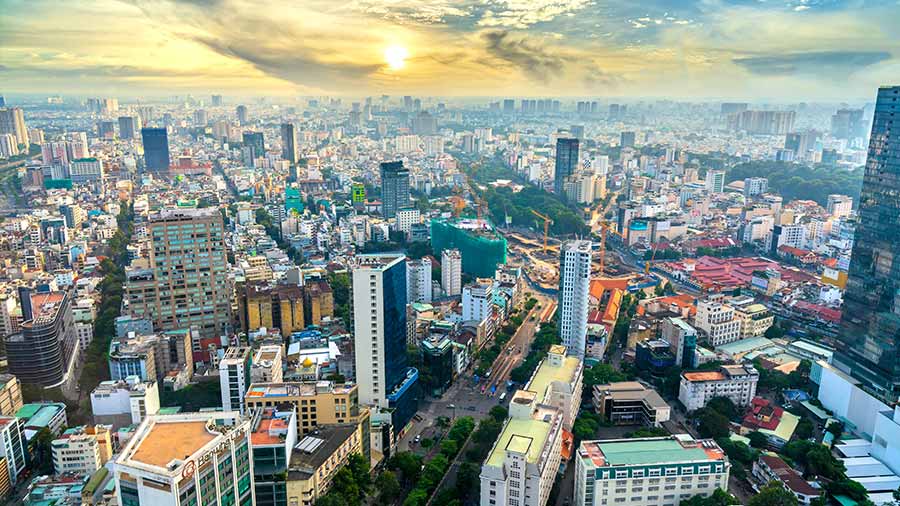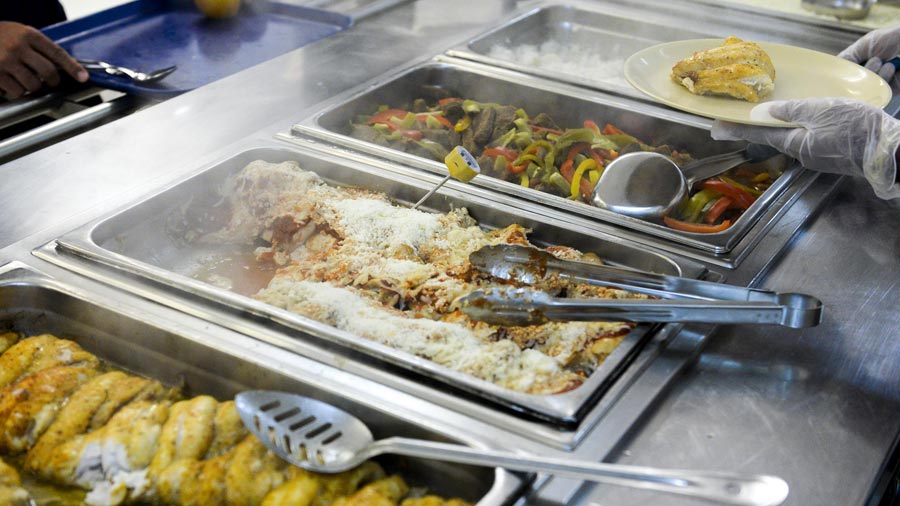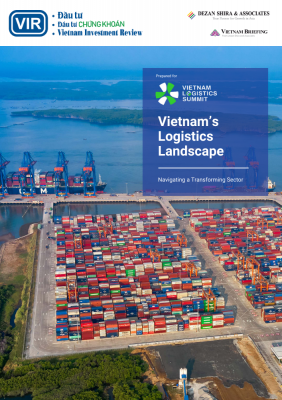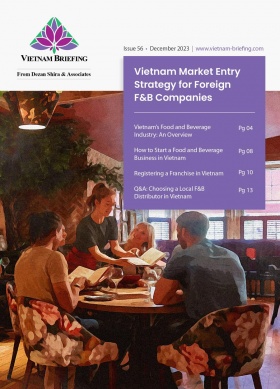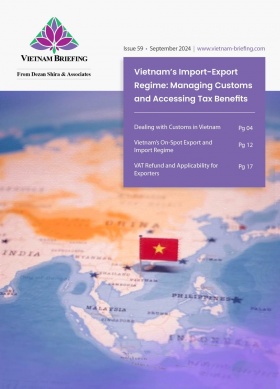Why Is Vietnam’s Economy Growing So Fast?
Sponsored Post
 Vietnam has experienced rapid economic growth over the past four decades and is often considered one of the Asian Tigers. The country appeared hopeless in the 1980s due to multiple conflicts, such as the Cambodian-Vietnamese War and the Sino-Vietnamese conflict. After the war, the government’s main concern was to bounce back economically, which led to transformative policies, global trade integration, and strategic positioning in global supply chains. How did the Vietnamese economy manage to grow so fast? Keep reading to find out.
Vietnam has experienced rapid economic growth over the past four decades and is often considered one of the Asian Tigers. The country appeared hopeless in the 1980s due to multiple conflicts, such as the Cambodian-Vietnamese War and the Sino-Vietnamese conflict. After the war, the government’s main concern was to bounce back economically, which led to transformative policies, global trade integration, and strategic positioning in global supply chains. How did the Vietnamese economy manage to grow so fast? Keep reading to find out.
Vietnam’s Economy After the War
After the wars in Vietnam, which lasted from 1955 to 1975, the government entered a period of economic stagnation. The economy was primarily agricultural, underdeveloped, and struggling with poverty, especially due to the years of centralized economic planning under communist rule. Vietnam was also isolated from other countries, with limited access to foreign markets.
The country’s low GDP indicated widespread poverty and underdevelopment. The economy was largely dependent on subsistence agriculture, especially rice farming, which didn’t offer much foreign investment. Due to its centrally planned economic system and isolation following the war, Vietnam also had limited foreign investment and trade relationships.
By the early 1980s, Vietnam realized that their country was on the brink of economic collapse, especially since they were following the same development model as the Soviet Union and the Eastern European bloc. This turning point caused the leaders to adopt new economic and political regulations, spurring economic growth.
Factors that Contribute to Vietnam’s Speedy Economic Transformation
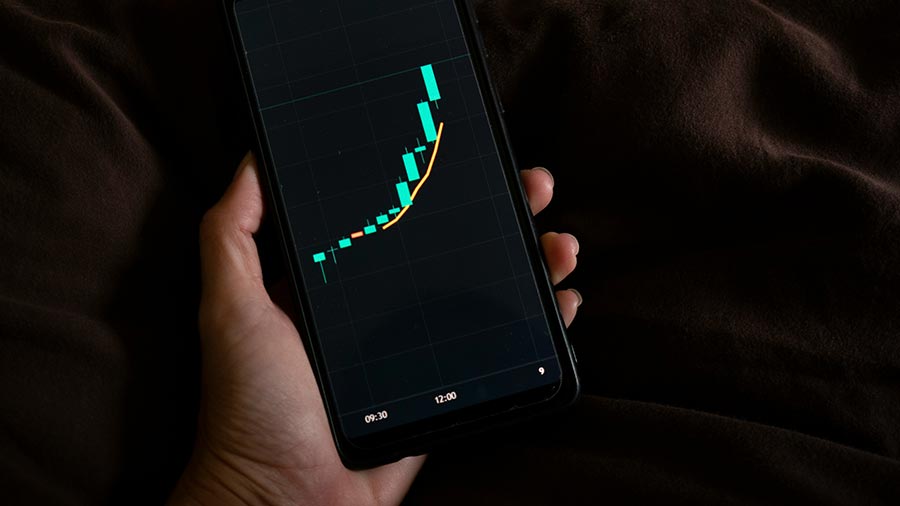 Vietnam’s economy has grown for various reasons, from its impressive economic reforms to the highly desirable tourism sector.
Vietnam’s economy has grown for various reasons, from its impressive economic reforms to the highly desirable tourism sector.
Đổi Mới Economic Reforms
The Đổi Mới policy was a successful attempt by Vietnam’s leaders to modernize and liberate their economic policies. Before 1986, Vietnam was an underdeveloped country, and strict sanctions were imposed on it by the United States, making it challenging to cultivate relations with other countries.
To solve this problem, the government implemented the new reform policies of Đổi Mới and involved transitioning from a state-controlled centralized economy to a market-oriented economy. The country also implemented an export-oriented strategy and removed all its restrictions on foreign trade, leading to foreign direct investment and economic activity in the private sector.
The leading party implemented the economic reform over three decades and shifted the underdeveloped state of Vietnam into a more industrialized country, with many small businesses, foreign investment enterprises, skilled labor, and high exports. These have led to increased individual investments and trades, as most people in Vietnam turn to Singapore forex broker platforms and trading opportunities to grow their wealth.
Foreign Direct Investment
Another reason Vietnam’s economy grew so fast is the high level of foreign direct investment. Vietnam attracts foreign investments from the US, Japan, and the European Union, especially since Western investors are considering alternatives to China. When Vietnam opened its doors to other countries, it became attractive for different reasons. Its strategic location in East Asia is close to global supply chains, and the country now has a stable sociopolitical environment, which means there’s a higher potential for foreign interest.
Vietnam is also a member of various free trade agreements, such as the EU-VN free trade agreement and the Association of Southeast Asian Nations treaty framework. The country has been very focused on developing its infrastructure, especially in transport and digital infrastructure, which attracts foreign companies’ investments.
Manufacturing and Exports
Through favorable foreign interest, Vietnam’s manufacturing and export sector has flourished since the Đổi Mới policy, especially in production industries like textiles, electronics, and seafood.
Vietnam has leveraged its skilled labor and free-trade agreements to position itself as a regional manufacturing hub. The country also focuses on export-oriented manufacturing, like raw textiles, electronics, and apparel. As China’s labor costs rise, Vietnam has positioned itself as an alternative manufacturing hub for companies that need reliable production bases. Investments in infrastructure, such as ports and transportation networks, have enhanced Vietnam’s export capabilities.
Tourism Sector
Over the recent years, Vietnam has grown its tourism sector and is now an attractive vacation spot for people worldwide. In the first quarter of 2024 alone, Vietnam welcomed over 4.6 million foreign tourists, a 72 percent increase from the previous year! Vietnam has become a trendy tourist destination, especially with its cultural heritage and affordable costs (and much social media influence). And, in the past decade, the number of domestic traveler trips in Vietnam has quadrupled. Now, this sector accounts for 7 percent of the country’s economy and supports close to six million jobs.
Vietnam’s Economy Today
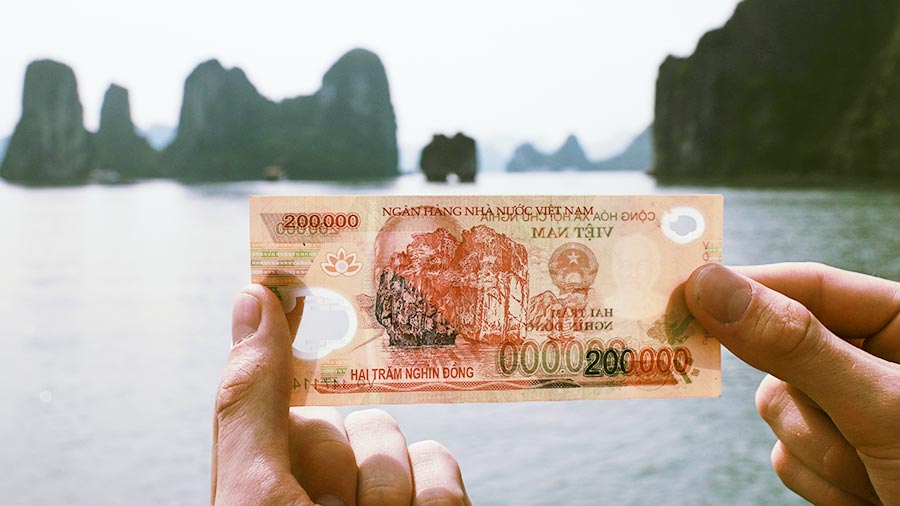 Today, Vietnam’s economy has become more diverse, with a robust manufacturing and export sector and a growing digital economy. It has become a leading producer of smartphones, footwear, and textiles and the second-largest coffee exporter in the world.
Today, Vietnam’s economy has become more diverse, with a robust manufacturing and export sector and a growing digital economy. It has become a leading producer of smartphones, footwear, and textiles and the second-largest coffee exporter in the world.
Experts predict the country’s GDP will be around US$468.5 billion at the end of 2024, with a growth rate of 6.1 percent, an increase from the 5.8 percent growth projected in April 2024. Vietnam’s middle class is growing, leading to higher domestic consumption and boosting retail, real estate, and services sectors.
There has also been a notable move to transition to greener industries, especially with its renewable energy projects, which are part of its long-term growth strategy.
The Bold Transformation of Vietnam’s Economy
In just a few decades, Vietnam has transformed from an agrarian, invaded and war-torn country to one of Southeast Asia’s most dynamic economies. The country has used a combination of bold economic reforms, FDI attraction, global trade integration, and a skilled workforce to propel its growth. For continued economic expansion, Vietnam remains focused on digital transformation, high-value manufacturing, and sustainable development.
- Previous Article Vietnam’s Economic Zones: A Practical Guide for Investors
- Next Article Vietnam Eases Foreign Access to Stock Market, Removes Pre-Fund Requirements for Stock Transactions
